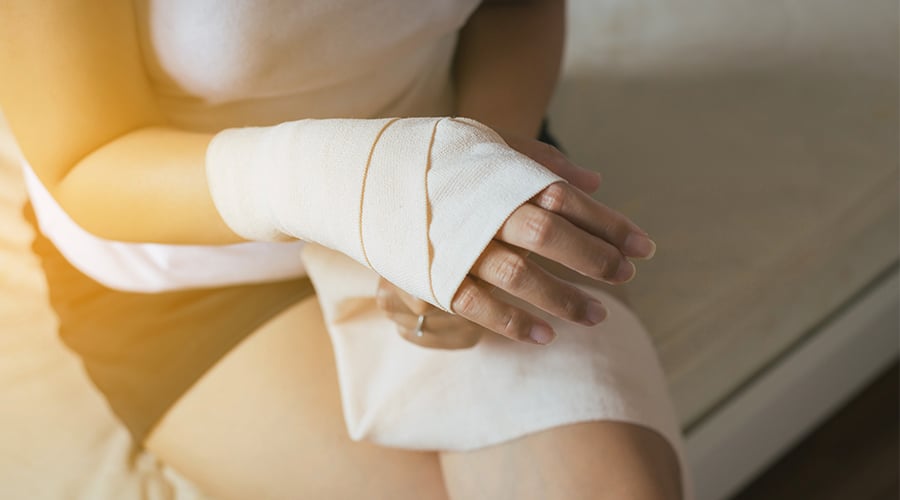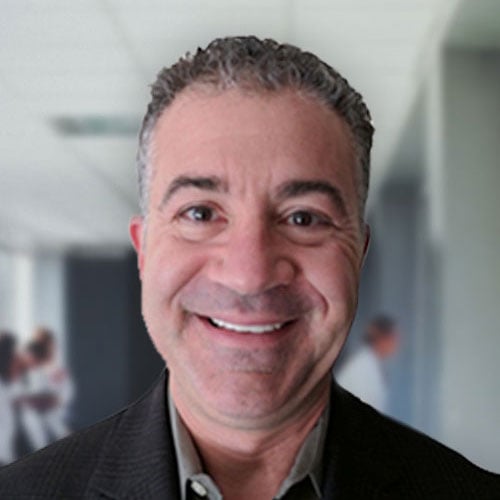Advantages of HBOT for Compromised Skin Grafts & Flaps

A skin graft or skin flap procedure is a surgical technique in which a portion of healthy skin is transported from a donor site on the body to an area of injury to assist in the healing process. A skin graft is completely detached from its original donor site, whereas, a skin flap is generally only partially detached, and moved to cover a nearby wound.
Skin grafts and flaps are used in the treatment of a variety of conditions, including:
- Burns
- Skin loss from a serious skin infection
- Surgery for skin cancer
- Wounds that are too big to heal on their own
- Non-healing diabetic ulcers, venous ulcers, or pressure ulcers
- After a mastectomy or amputation
Because both procedures involve detachment of the graft or flap from its original tissue, it requires adequate perfusion, or blood flow, at the recipient site to properly attach and maintain survival. If a skin graft or flap is hypo-perfused, it may not attach appropriately. If this happens, the graft becomes compromised and may not survive, making recovery of the initial injury challenging, costly, psychologically difficult for the patient, and may potentially require regrafting, or a repeat flap procedure.
Certain risk factors for a compromised graft or flap involve conditions that reduce blood flow at the area of injury. These include:
- Diabetes
- Radiated tissue
- Obesity
- Vasculopathy
Hyperbaric oxygen therapy (HBOT) has a demonstrated benefit in the salvage of compromised grafts and flaps. As the pathophysiology behind a compromised graft or flap is lack of adequate perfusion, oxygenation, and nutrients to the new tissue, increasing circulation and oxygenation with HBOT can contribute by directly reducing this deficit.
Hyperbaric oxygen therapy increases circulation and oxygenation, creates new blood vessels (angiogenesis), stimulating fibroblasts—a type of cell that contributes to collagen production, which is necessary for new, healthy skin—enhances white blood cells to fight off infection, and, over time, can lessen the damage of irradiated tissue.
Evidence of hyperbaric oxygen therapy’s benefit on compromised grafts and flaps has been supported in several clinical studies and animal trials, with one prominent study demonstrating an increase in survival of compromised split skin grafts by 29% versus the control group. Prompt treatment with hyperbaric oxygen therapy for a newly compromised graft or flap, as well as preventative therapy in a high-risk patient, are both proper utilities of this treatment.
Hyperbaric oxygen therapy can be a beneficial adjunctive therapy to a compromised graft or flap and can prevent further negative complications for the patient and their care team. When completed in an appropriate time frame, HBOT can accelerate wound healing, salvage compromised grafts and flaps, and improve treatment outcomes.
Originally published: October 26, 2018 | Updated: January 30, 2019

Written by Alan Katz, MD, FUHM, FACEP, FAAEM
Dr. Alan Katz, National Medical Director of Hyperbaric Medical Solutions (HMS), is double board certified in Emergency Medicine and Hyperbaric Medicine. He directs clinical operations, as well as education and research initiatives for HMS, particularly in exploring the use of hyperbaric oxygen therapy....
Read More


